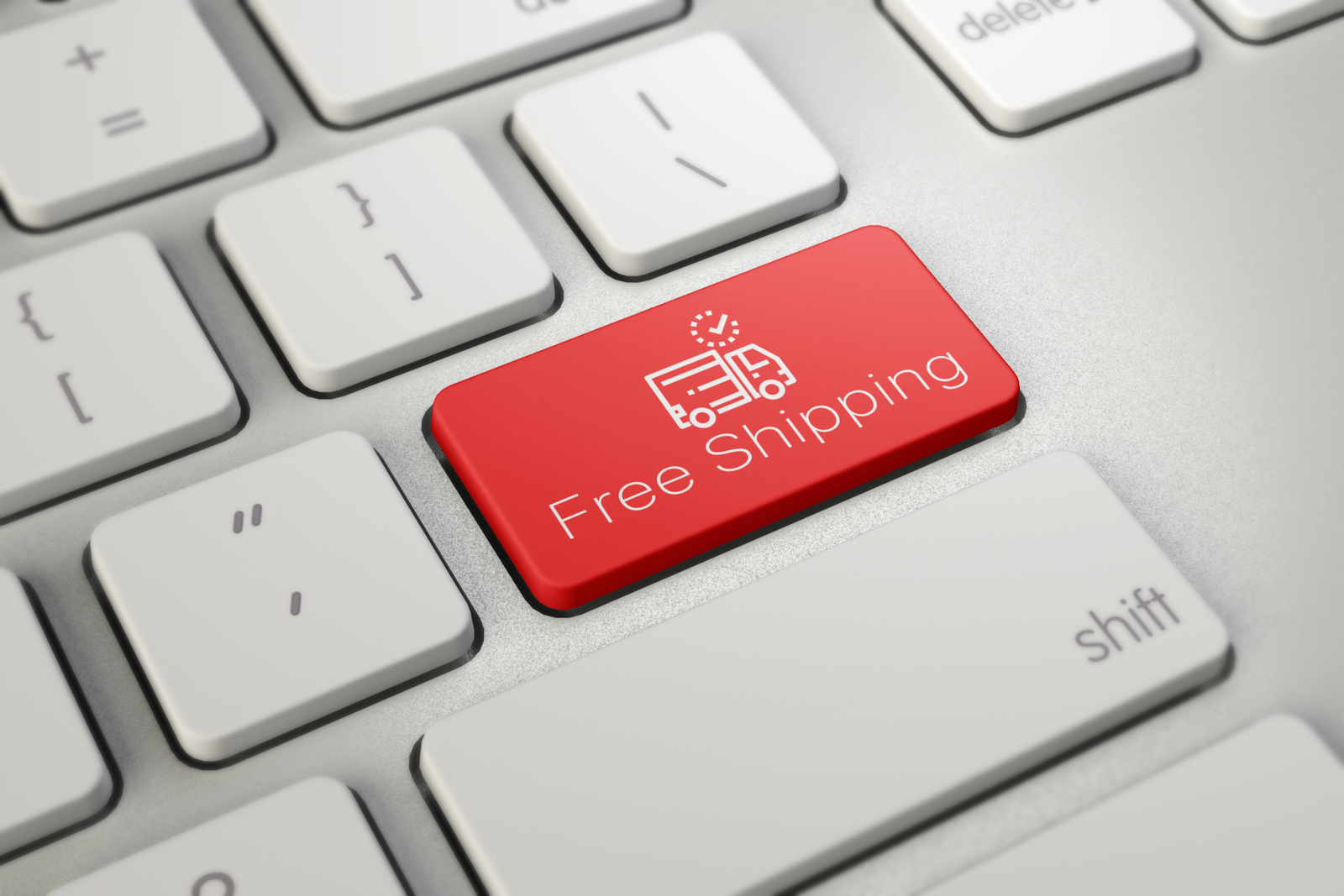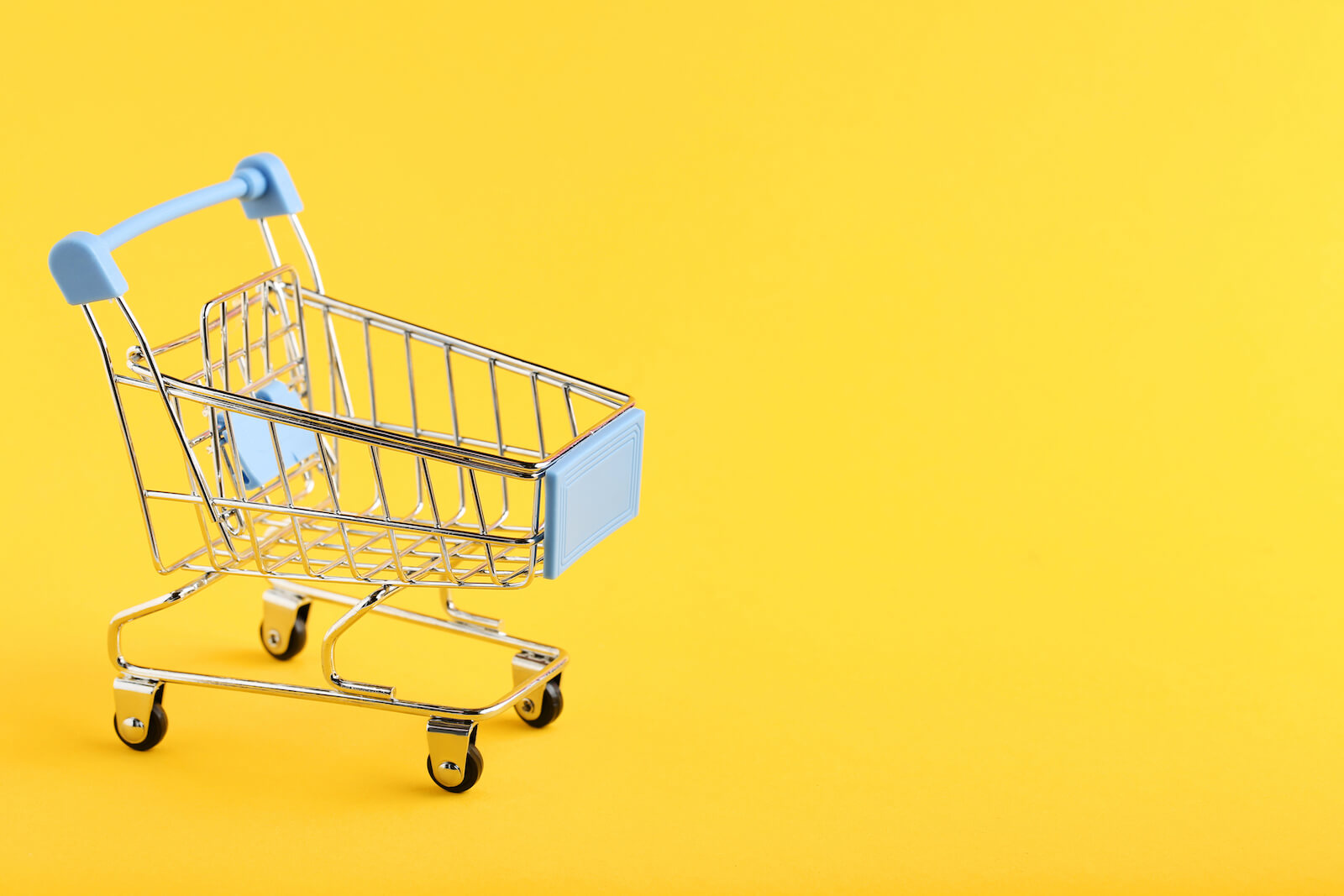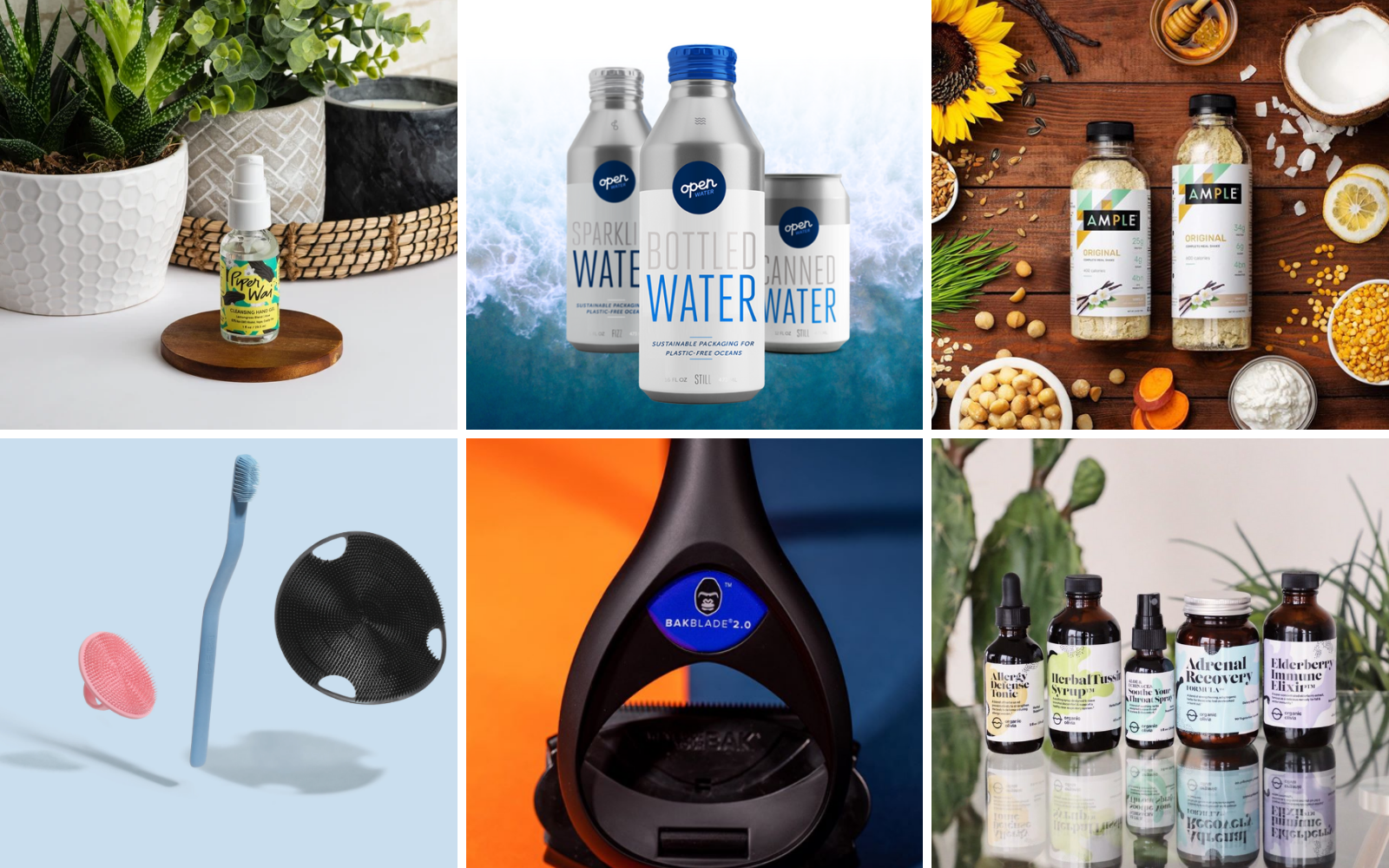Table of Contents
** Minutes
How do I cover the cost of offering free shipping?
How do I calculate a free shipping minimum spend threshold?
How do I know if offering free shipping is right for me?
The word “free” has an amazing effect on purchasing behavior.
As a consumer yourself, you are aware that getting something for free can influence you to act. In fact:
- 90% of consumers view free shipping as the top incentive that would encourage them to shop online more often.
- 86% of shoppers abandon their shopping cart because of the cost of shipping.
- 93% of shoppers claim they will take action to qualify for free shipping by adding items to their cart.
Offering free shipping is a great way to help prevent any unwanted surprises at checkout. Many believe that free shipping is the expectation and standard and that anything less is a disservice to your customers. This is especially important if you’re just starting a business that will ship products to customers
“Customers get accustomed to a certain shipping service level at a low price — often free — and want it faster over time. Ever since we started our partnership with ShipBob in the summer of 2018, they’ve been able to deliver the customer service level we need at the right cost.”
Michael Peters, Vice President of TB12
Free shipping has become a more common option when shopping online and can be one of the strongest marketing tools for ecommerce brands.
“We promote the fact that we offer free shipping for all orders on a site-wide banner. This encourages shoppers to add to their cart and get to the checkout process in the first place. On top of that, we can offer 2-day shipping and capture additional sales from people who value a speedy delivery.”
Founder of My Calm Blanket
Yet, with the high costs of shipping, many businesses may wonder how they could afford to offer free shipping at all. It may even seem counterintuitive or impossible.
While there is no one-size-fits-all approach that works in all scenarios, businesses can strategically find the right balance of driving more conversions and not breaking the bank.
Let’s dive in to how you can offer free shipping on your online store and make it part of your ecommerce fulfillment strategy. Review these common questions to determine how your brand can make it work.
How do I cover the cost of offering free shipping?
Unless you sell very expensive products, offering sitewide free shipping on all orders will likely not be a feasible option for you. However, there are several ways brands implement free shipping on their ecommerce site while still being profitable.
Increase the product price
Free shipping would not make sense when a customer buys a single small, inexpensive item, as the cost of shipping may be more expensive than the item itself. But if your products are priced moderately, you may choose to bake the cost of shipping into the product price.
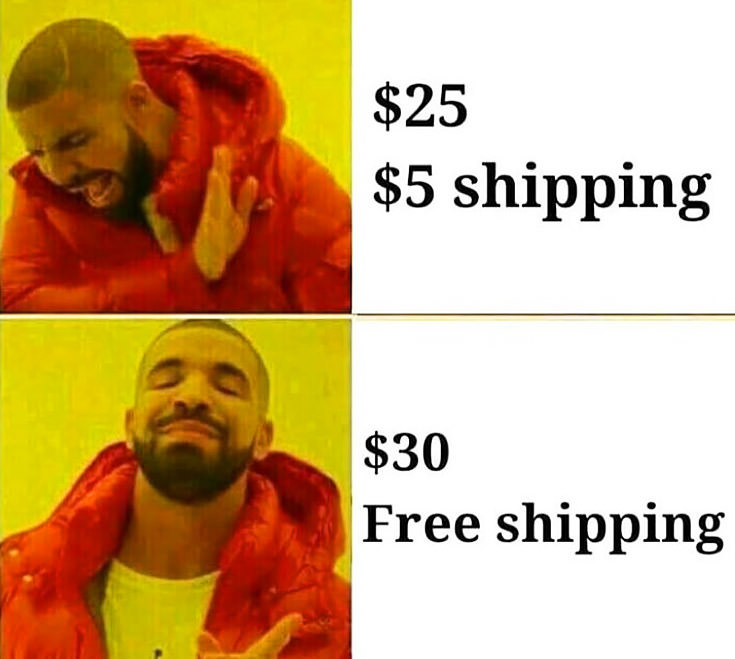
This strategy helps give the illusion of of free shipping when in fact you are increasing the product price tag to help make up for free shipping.
To include the shipping cost in the listed product price, you’ll need to do the math and calculate the necessary markup using the average shipping cost per order. While you likely won’t cover the entire shipping cost, the additional orders you get from offering free shipping may quickly offset that difference.
From a fulfillment perspective, it costs as much time and labor to fulfill a sub-$10 product as it does a $100 product. However, the revenue you get is completely different.
You also shouldn’t expect or try to make a profit on shipping. If you can’t sell individual products at a markup (e.g., commodities), think about how you can get customers to buy more products in a single order.
Increase LTV by getting customers to spend more over time
Between customer acquisition costs and shipping costs, recovering the money you’ve invested in getting a sale can be tough. You need a good retention strategy by encouraging a second or third purchase through subscriptions, loyalty programs, and smart email marketing. This way, you can increase your customer lifetime value (LTV).
Some brands can take a slight loss on a first purchase because they know they’ll get the second purchase. For example, if half of your new customers get in your subscription funnel, and that second purchase will at least cover your acquisition cost, then everything after that is icing on the cake.
“Our business is almost all subscriptions, and ShipBob helps us offer reliable, affordable shipping that shows up at the same time each month. We offer a free one-month supply as part of our initial three-month personalized acne treatment kit from our app.”
Oded Harth, CEO & Co-Founder of MDacne
While this doesn’t directly offset your free shipping, it helps recover more money from the acquisition down the road.
Increase AOV by offering bundles or a minimum spend threshold
If you can increase your average order value (AOV), then you can pad your margin to offer free shipping. A great way to do this is by offering upsells, memberships, and bundles.
Bundles are an easy strategy of offering either a preselected grouping of products you sell as one unit (e.g., a gift set) at a discount or a mix-and-match option for shoppers to stock up and save.
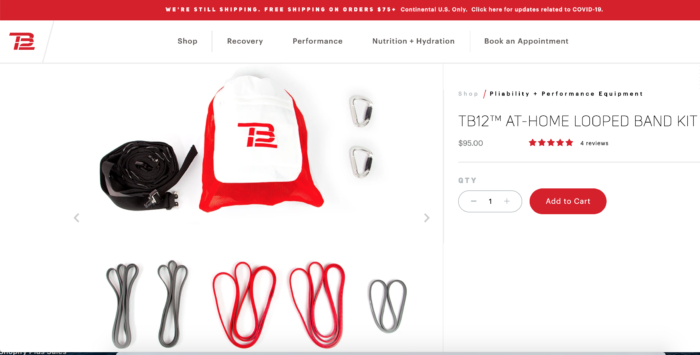
“Bundles are such a no-brainer. I don’t understand why more brands don’t utilize them. You’re not only optimizing shipping costs but getting more product into their household.”
Nik Sharma: Founder or Sharma Brands
Ocean & Co. likes to throw things together as a package deal. For example, they’ll offer a tumbler, stainless steel straw, and bracelet together as a bundle. They create a bundle in Shopify and link the products in ShipBob, where they can see exactly what is being picked off the shelf based on which products were in the assigned bundle. If people make a bundle purchase on Shopify, ShipBob automatically puts all those items in the same package.
“With ShipBob, we are able to mark any combination of SKUs as a unique bundle and select the component SKUs right through the dashboard. Each time that bundle is fulfilled by ShipBob, we could see the individual components that were physically picked and shipped. ShipBob also allows us to make changes to bundles on the fly with complete control and visibility, which is important in monthly subscription boxes, holiday bundles, and many more scenarios.”
Gerard Ecker, Founder & CEO of Ocean & Co.
A bundle can make all the difference. It can boost your AOV and reduce average fulfillment costs. Companies should be pushing bundling first and foremost — both marking wise and site real-estate wise.
Bathorium promotes free shipping and a free gift in their sitewide banner if you spend over $75, and they feature a bundle in their top navigation.

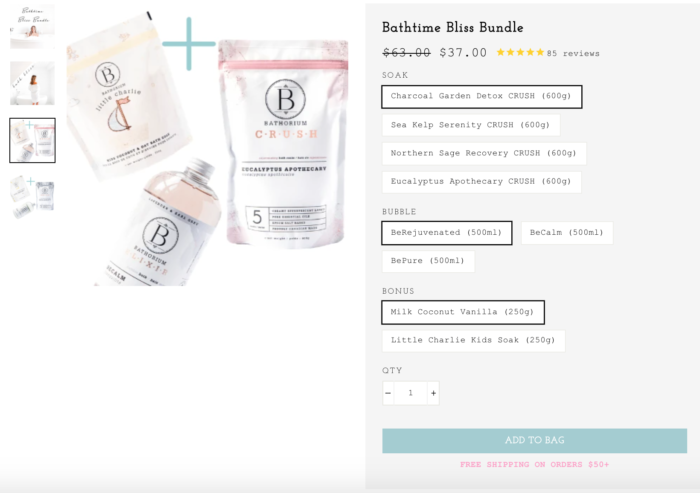
People are more likely to spend more if they get a good deal. Show a bundle side-by-side with individual products, so a shopper sees how much it costs to buy the product by itself.
Besides bundling, if you can group products together or pre-kit them so it’s one pick to fulfill the order, you may be able to save additional dollars. For example, rather than selling individual units, Bathorium sells a six-pack to increase AOV (while also offering free shipping on orders of $50 or more).
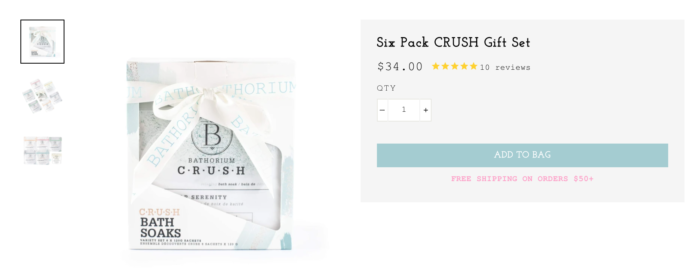
If you sell low-cost items and raising the product price tag will result in losing more customers than you gain by offering free shipping, or you don’t have a product that allows for a subscription model, you might consider requiring a minimum dollar amount to be spent to receive free shipping.
“We offer free shipping on orders over $25. Because our products are low-cost, it’s also important that shipping costs are low. We started in ShipBob’s east coast fulfillment center, which was local for us. We have since moved to a more central fulfillment center location in Chicago to improve transit times and shipping costs.”
Manuel de la Cruz, CEO at Boie
Common free shipping thresholds include $25, $35, $50, and $100, but you shouldn’t just choose one of those numbers without doing the math.
How do I calculate a free shipping minimum spend threshold?
Offering a minimum order requirement in exchange for free shipping can be a successful tactic.
Yet, for this strategy to be cost-efficient, the minimum amount spent to qualify for free shipping should be greater than what a customer would typically spend. Incentivizing a larger cart size helps offset logistics costs for your business.
If you make the free shipping threshold too high, customers may not be willing to spend that much more money.
For example, doubling what you were planning to spend as a consumer might seem too far out of reach. Conversely, making the minimum amount required too similar to your AOV will hurt your margins.
To determine the amount that must be spent, one recommendation is to increase your AOV by about 30%. If that number comes out to, for example, $94, consider rounding up to $100 for a more standard number that customers would expect to see.
Even if you see a great increase in people taking advantage of your minimum spend threshold offer at first, this tactic doesn’t always guarantee a profit.
While some customers simply love your products and will gladly stock up on more to save a few dollars or not pay for shipping, it is important to note that others may be spending more with the intent to return some items. It’s no surprise that this type of free shipping results in higher return rates.
If you determine this is happening on your store and you’re ultimately losing money, you may need to make your ecommerce returns policy stricter or alter your free shipping strategy.
It’s also worth noting that if you offer free shipping using a minimum spend threshold and your AOV increases, there is a chance your average shipping cost can also increase (i.e., it may require a larger box, the box becomes heavier, etc., increasing the shipping rate). Learn how dimensional weight works and affects shipping costs here.
How do I know if offering free shipping is right for me?
Free shipping isn’t right for every store. In some cases, flat-rate shipping or real-time carrier shipping makes more sense.
If you’re still unsure if you should offer free shipping on your online shop, you can always start small and test it out as a promotion. For example, if you have a more expensive product, consider testing out a free shipping promotion on that specific product or to a specific location, and monitor the response you get.
Additionally, you can experiment with the minimum spend threshold tactic for a limited time or with some other limitations (e.g., “For two days only”).
Of course, you’ll need all the elements that work with the promotion — from email campaigns and banners on your site to a testing and tracking framework. It’s okay to start small before committing to a long-term strategy, and it’s best to continue testing it to see what drives action.
The key is to pay attention to how many people are meeting the free shipping threshold compared to historical data, including the number of shoppers who had previously spent that much money and the change in AOV.
You’ll also want to also measure any product returns that come out of new purchases to understand the ultimate effect on your profit margin.
How do I keep shipping costs low to offer it for free?
Absorbing the cost of shipping can be very costly for some businesses. There are a few steps you can take to keep costs down.
First, working with a third-party logistics (3PL) partner can help you access volume discounts for better shipping rates than you could get on your own.
“We need to deliver quickly and inexpensively. Since switching to ShipBob from our previous 3PL, our fulfillment cost on comparable orders went down by 25%.”
Michael Peters, VP of E-Commerce Operations at TB12
Additionally, a logistic service provider’s fulfillment network and geographic footprint let you store ecommerce inventory at locations near your customers. This helps because the less distance or number of shipping zones your shipment is sent, the lower the shipping cost.
“The more fulfillment centers we have inventory in, the more potential shipping addresses we can offer this 2-day option to. And the more people that we offer the benefit of free 2-day shipping to, the more conversions we get.”
Founder of My Calm Blanket
[Download: ShipBob’s 2-Day Express Shipping: How to Drive Revenue Through Ecommerce Fulfillment]
Fulfilling orders closer to your customers also helps you reduce shipping costs and the time in transit. This makes fast options, like 2-day delivery, more affordable by using ground shipping instead of expedited shipping — a strategy used by companies like Amazon.
“ShipBob’s 2-Day Express Program has been phenomenal for us. Because of Amazon, our customers expect 2-day shipping and we couldn’t find other 3PLs that can provide that. If they do, you are going to pay a lot for it. The cost of offering free 2-day shipping through ShipBob is more than covered and offset by all of the additional orders and revenue we’ve gotten as a result.”
Founder of My Calm Blanket
Conclusion
Offering free shipping is a great way to reduce a common barrier to purchasing items online. However, it can come at a cost for your business if you haven’t considered and calculated the proper way to offer it. You must find the right balance of increasing conversions and keeping your prices competitive without losing money.
Learn how to compete with giant retailers by meeting customer expectations around inexpensive 2-day shipping. Download “The Guide to Offering Affordable 2-Day Shipping.”
In need of a 3PL to handle retail fulfillment for you and reduce shipping costs? Consider ShipBob. With an international fulfillment presence and best-in-class technology, we’ve helped thousands of merchants scale their business. Request a pricing quote below to get started.
Free Shipping FAQs
We’ve summarized some of the most frequently asked questions ecommerce brands have when it comes to offering free shipping on their site.
How do ecommerce sites offer free shipping?
While this is dependent on your margins, you may choose to build the cost of shipping into your product price as a way to increase your AOV. Or, you can offer a free shipping threshold, where you tack at least 10-20% onto your AOV, and then over-communicate it on your site.
TB12 uses a progress bar, which calculates the amount of money you need to spend to qualify for free shipping as you add items into your cart. This shifts the onus onto the customer.
Since they launched the progress bar, their AOV has increased by 15%. And their margins can withstand it since they’re shipping through ShipBob’s network inexpensively.
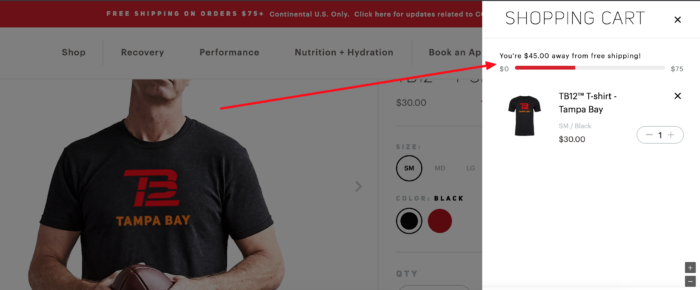

“Add dynamic messaging about your free shipping by your cart’s subtotal — for example, ‘You’re $15 away from free shipping!’ or ‘You now qualify for free shipping!’ Over-communicate both before and after they meet the threshold.”
Michael Peters, Vice President of TB12
If you want to add a text-based free shipping calculator to your cart page, here’s the code.
Hint looked at actual COGS and how the product is packaged, and worked backwards. They could ship one, two, or three cases, and all would go for the same shipping cost of $10. Under two cases, they’d charge the customer $5, but over three cases, they’d cover the shipping and make it free, because the margin was able to take it.
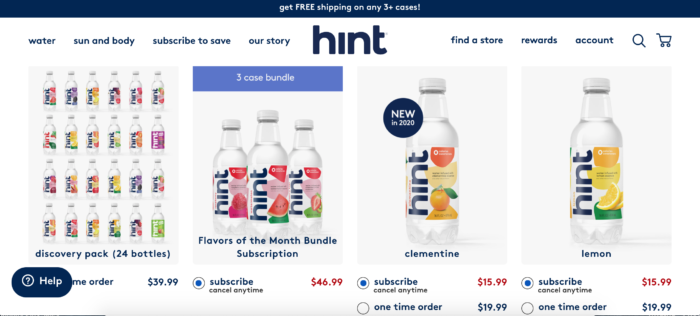

This raised Hint’s AOV by $15, up to $48 without touching acquisition costs. They ran promotions and flash sales, even offered 9 for $99 — making the price $11 per case instead of $20.
Should you offer free shipping?
If you can, you should — but this will depend on the price of your products, your average order value, and your shipping costs. To offer free shipping, you will either have to eat the shipping cost if you have a high AOV (hoping that the extra sales will offset the costs), offer a minimum spend threshold (e.g., free shipping on all orders over $60), or increase your product price.
You should not offer free shipping sitewide if you have products that are low-cost (e.g., one tube of toothpaste that costs $4, as your shipping cost will likely be higher than your revenue). No matter what, pay close attention to your margins and experiment with free shipping promotions.
Is free shipping really free?
While customers may pay $0 for shipping on orders placed on some ecommerce stores, the merchant of course will get the bill for shipping. Just as the old adage goes, “There’s no such thing as a free lunch,” there is also no such thing as free shipping. Someone is paying for shipping one way or another.
Carriers raise their rates each year and even brands with large volumes of shipments getting bulk discounts still spend a significant amount of money on shipping and handling.
How can I lower my shipping costs?
There are several ways to reduce shipping costs, including:
- Switch from boxes to poly mailers.
- Get discounted shipping rates with a 3PL.
- Weigh your packages and reduce dimensions.
- Decrease the shipping distance and average shipping zone by splitting inventory across multiple fulfillment centers.
“From expanding into a second ShipBob fulfillment center, it was not only better for our customers but we also gained a 13% savings to our bottom line.”
Pablo Gabatto, Business Operations Manager at Ample Foods
Get in touch with ShipBob to see if we can help your brand reduce costs and offer free shipping.
